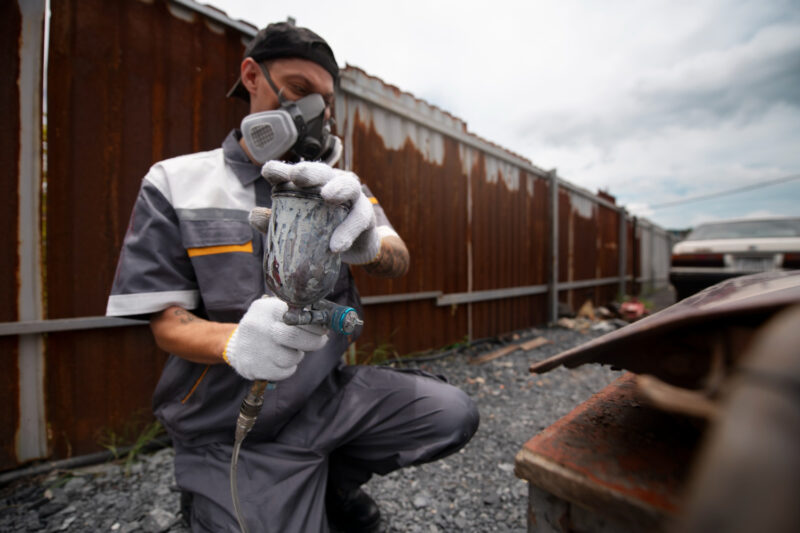Introduction to Dust Control
Dust control is essential for maintaining a safe and efficient industrial environment. Controlling dust particles from construction sites to factories can prevent numerous hazards and enhance productivity. One of the most effective methods for controlling industrial dust is utilizing advanced technology solutions, such as those provided by Media Blast, which offer innovative approaches to tackle dust issues effectively.
Industries recognize the importance of dust control for health, safety, and efficiency. Innovative solutions like Media Blast techniques revolutionize dust management and promote effective strategies.
Reasons for Dust Control
Dust control is essential for various reasons, including protecting workers from respiratory issues, preventing machinery breakdowns due to dust accumulation, improving air quality, and minimizing dust explosions. Dust from minerals can be harmful in mining environments, making dust control measures crucial for workers’ health. Additionally, dust control helps in compliance with environmental regulations, avoiding fines and legal issues. Dust explosions are a significant hazard in industrial settings, emphasizing the need for proper dust management. Dust control is crucial for a safer working environment and compliance with environmental regulations.
Common Industrial Applications
Various sectors, including manufacturing, construction, and mining, need robust dust control measures to maintain safe and efficient operations. In the construction industry, dust control is vital for ensuring visibility and reducing health risks associated with airborne dust. Effective dust control measures can prevent accidents, protect workers’ health, and minimize machinery wear and tear, which enhances overall productivity. Similarly, in manufacturing, maintaining a clean and controlled environment is essential for producing high-quality products and ensuring the safety of workers. Controlling dust in these settings helps maintain the precision and longevity of manufacturing equipment.
Innovative Dust Control Methods
Water Sprays
One of the simplest yet effective methods is using water sprays to suppress dust at the source. This technique is widely used in industries like mining and construction, where large volumes of dust are generated. Water sprays bind dust particles to water droplets, thus preventing them from becoming airborne.
Fog Cannons
These machines throw a fine mist over large areas to capture airborne dust particles. Fog cannons are effective outdoors and often deployed in quarries and large construction sites. The mist produced by fog cannons covers extensive areas, ensuring that all airborne dust particles are captured and grounded, thus improving air quality significantly.
Dust Collectors
Installed in factories, these systems capture dust directly from the machinery or air. Dust collectors can significantly improve indoor air quality and are essential in manufacturing environments. They work by filtering the air through various stages, trapping dust particles, and releasing clean air into the atmosphere. Regular maintenance of these systems ensures their efficiency and longevity.
Electrostatic Precipitators
These devices use electric charges to attract dust particles and remove them from the air. Electrostatic precipitators are highly efficient and are commonly used in power plants and industrial facilities. They are particularly effective in environments where fine dust particles are generated, ensuring that these particles are captured before they can cause harm or damage.
Benefits of Effective Dust Control
Investing in dust control measures is crucial for maintaining health and operational efficiency. It extends equipment life, reduces cleanup costs, and ensures environmental compliance. Advanced solutions can create a cleaner, safer, and more productive work environment. This saves costs, reduces maintenance and downtime, lowers medical expenses, and promotes a healthier bottom line. Companies prioritizing dust control also enhance their reputation and demonstrate commitment to employee safety and environmental stewardship.










